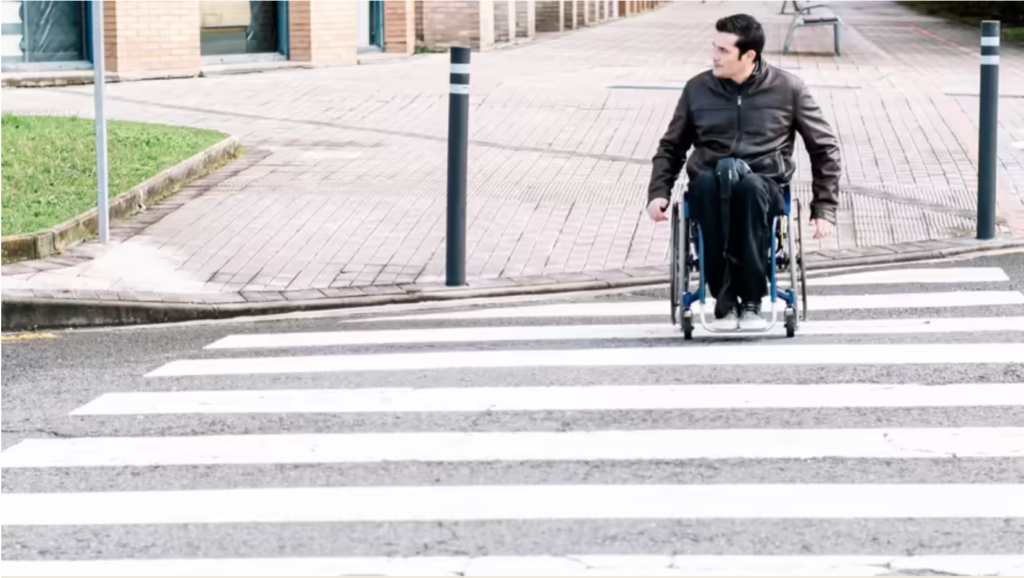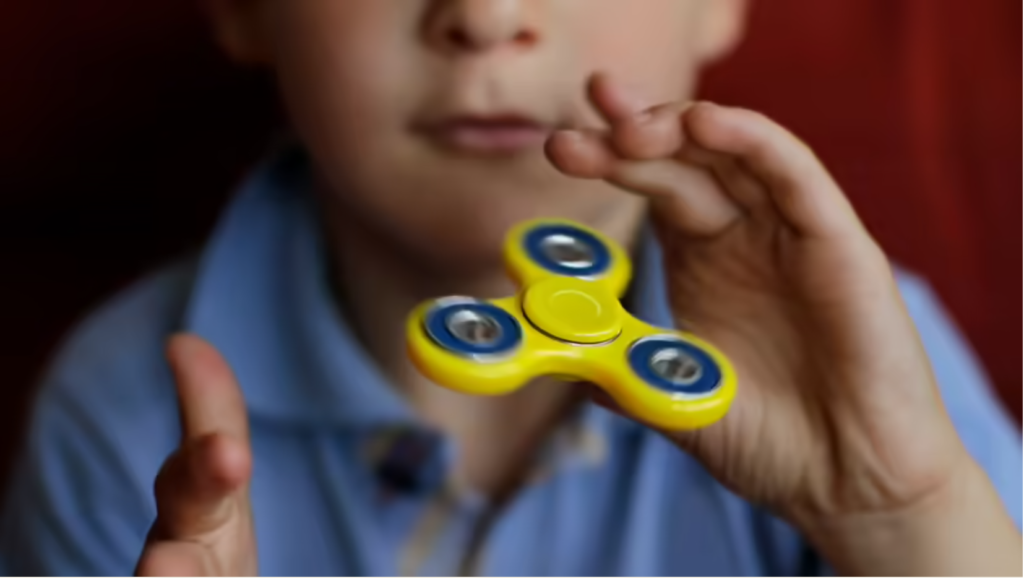8 Everyday Items Originally Invented for People With Disabilities
By Alia Hoyt | How stuff works, November 3, 2021

There’s something called the “Curb-Cut Effect.” Research institute PolicyLink describes it as “a vibrant illustration of how laws and programs designed to benefit vulnerable groups, such as the disabled or people of color, often end up benefiting all.”
We live in a world that’s largely made for people who can see, hear, walk and talk with little or no difficulty. However, we also live in a world where 1 billion people have some form of disability, and one-fifth of those (110 to 190 million) have significant disabilities, according to the World Bank. Many times, these people need special adaptations in order to thrive in the world. But the cool thing is that often the products or adaptations invented for people with disabilities end up being used and enjoyed by people of all abilities.
In case you’re wondering what a curb cut is, you’ll find out as it’s one of the items on our following list of eight. Some of these you encounter almost every day.
1. Typewriters/Keyboards
Everyone these days has at least one keyboard, but that wasn’t always the case. The typewriter was the brainchild of an Italian inventor named Pellegrino Turri. He noticed that his friend, Countess Carolina Fantoni da Fivizzano, couldn’t write letters by hand, due to her blindness. So, in 1608 he developed the first-ever incarnation of the typewriter, which involved keys and metal arms with raised characters. Turri also invented carbon paper as a way to provide ink for the machine. The typewriter has since morphed into the computer keyboard.
2. Electric Toothbrushes
Dental hygiene is important for everyone, but people with limited motor skills really struggled to keep their chompers clean in the early days. In 1954, however, the Broxodent electric toothbrush was created to help people with limited strength, mobility and control do a better job of brushing. It quickly became obvious that electric toothbrushes are superior to standard brushes, so now most dentists encourage everyone to use them. In fact, a 2019 study found that people who use electric versions keep their teeth for longer, have less tooth decay and enjoy healthier gums.
3. OXO Good Grips and Similar Kitchen Tools
These days, kitchen tools from potato peelers to can openers almost always feature softer, larger handles, which are much more comfortable to hold than the traditional ones. That wasn’t the norm in 1990, though. Inventor Sam Farber saw his wife, who had arthritis, struggle to use a potato peeler and founded the OXO brand and its Good Grips line, as a result. Each kitchen tool featured a wide oval-shaped handle that was easy to control even if you had little strength in your hands. The items felt good to hold too, thanks to the soft rubber used that was originally created for automotive products. The Good Grips style became so popular many other brands have since copied it.
4. Speech-to-text and Voice Recognition Apps
If Alexa has ever answered a question for you or you’ve followed verbal directions on your GPS app, you’ve used speech-to-text technology (or its brother, voice recognition). This technology is on the vast majority of phones, not to mention military aircraft, car navigation/entertainment systems and home automation. However, one reason for invention was to give people who couldn’t physically write access to getting their thoughts and words down “on paper,” so to speak. Software invented in the 1990s allowed users to create written documents and save/open them simply with their voices. Later, versions were created specifically for people working in courtrooms or as medical transcriptionists.
5. Fidget Spinners

This toy was all the rage back in 2017, and every kid had to have one. A fidget spinner is a device with three paddle-shaped blades around a circle with bearings in the middle that you spin to calm yourself down or to increase concentration. Engineer Catherine Hettinger originally invented it as a gadget to entertain her 7-year-old daughter back in 1993 but sadly let the patent lapse as she didn’t have the money to keep renewing it. So, she didn’t get rich off the huge craze.
In the early 2000s, manufacturers began promoting these gadgets as a way to help calm people with autism, ADHD and anxiety disorders. Although studies did not confirm that they helped people with these conditions, by 2017, lots of people, whether stressed-out business executives, or bored schoolchildren, were enjoying spinning the “fidgets” for fun. Fidget spinners were even banned from some school districts for being, ironically, a distraction.
6. Curb Cuts
It’s probably pretty obvious that curb cuts (those gentle slopes or “graded ramps” from sidewalk to street) were designed for wheelchair-users, originally. But parents pushing strollers, travelers pulling wheeled suitcases and workers delivery heavy loads on dollies have found them useful too. Curb cuts first appeared in 1945, but became widespread in the U.S. after the 1990 Americans With Disabilities Act mandated that curb cuts be present on all sidewalks.
7. Bendy Straws
Although the straight paper straw was a marvel all in itself when it was created in 1888, in the 1930s a man named Joseph Friedman tweaked the design to make drinking straws bend in the middle. He came up with the idea when he noted his petite daughter’s inability to enjoy her milkshake at a soda fountain while using the straight variety. He put a screw inside a straight straw and wrapped some dental floss around it to create a corrugated effect. Although this tool wasn’t originally created for people with disabilities, hospitals were some of the first places to embrace them as they were helpful to bed-ridden patients trying to drink something. Now, everyone loves bendy straws.

8. Audiobooks
Braille is still a useful tool for vision-impaired readers; however, audiobooks made it much easier for this population to enjoy a good story. The idea began in 1932 thanks to the American Foundation of the Blind. The group recorded books on vinyl records, but as technology advanced, so did the capabilities. Storage progressed from holding just 15 minutes of speech per side on vinyl in the 1930s, to two hours with Amazon’s Audible audio player in 2007 to the hundreds of hours of content the average smartphone can hold today. Now, all types of people enjoy the convenience and ease of audiobooks. Many listen to them in the car or at home in an effort to cut back on screen time. In fact, the industry did $1.3 billion in sales in 2020, an increase of 12 percent from the previous year.
About This Article:
A Life Worth Living has copied the content of this article under fair use in order to preserve as a post in our resource library for preservation in accessible format. Explicit permission pending.
Link to Original Article: https://science.howstuffworks.com/innovation/everyday-innovations/items-invented-people-with-disabilities.htm?utm_source=HowStuffWorks+Newsletter&utm_medium=email&utm_campaign=roundup-11-06-21

